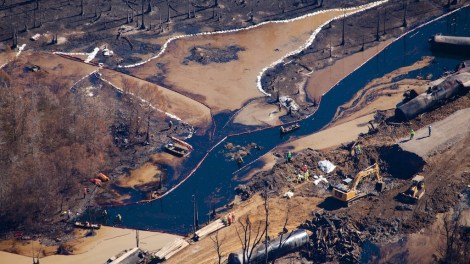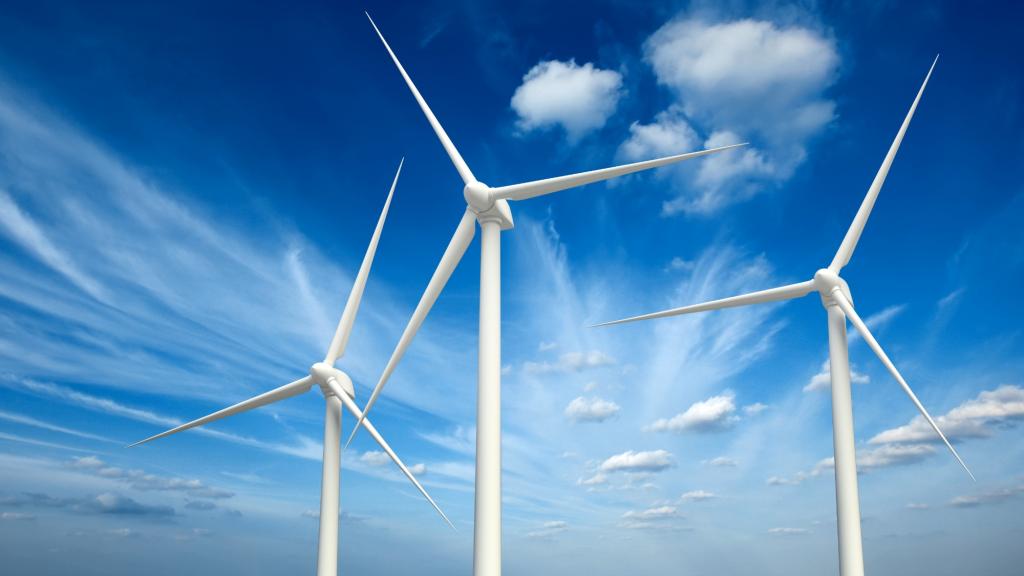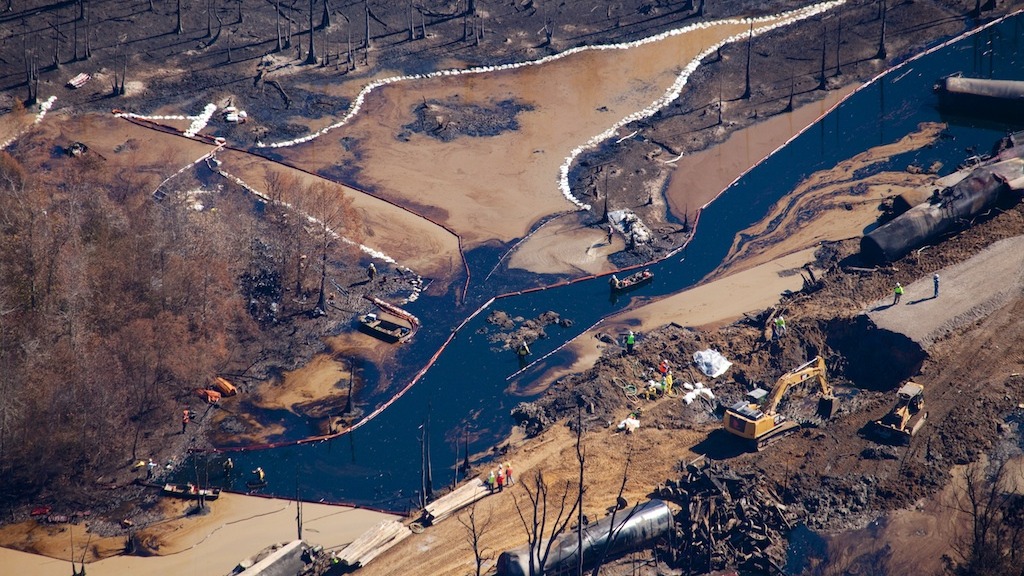
Public HeraldCleaning up this oily mess turned out to be hard, so it looks like the railroad pretty much gave up.
The derailment and explosion of a train passing through Alabama wetlands in November helped bring attention to the dangers of hauling oil by rail. But the mess left behind after the explosion has been largely ignored.
The Associated Press recently visited the derailment site near the town of Aliceville and found “dark, smelly crude oil still oozing into the water.” Waters around the oil spill’s epicenter are lined with floating booms to help prevent the spread of surface oil, but environmentalists have detected toxic chemicals from the oil flowing downstream. And questions have been raised about a decision to rebuild damaged tracks without first removing all the oil that surrounded them. Here’s more from the story:
The isolated wetland smelled like a garage when a reporter from The Associated Press visited last week, and the charred skeletons of burned trees rose out of water covered with an iridescent sheen and swirling, weathered oil. A snake and a few minnows were some of the few signs of life.
An environmental group now says it has found ominous traces of oil moving downstream along an unnamed tributary toward a big creek and the Tombigbee River, less than 3 miles away. …
Environmentalist John Wathen, who has conducted tests and monitored the Alabama site for months for Waterkeeper Alliance, said Genesee & Wyoming railroad and regulators did the bare minimum to spruce up an isolated, rural site and left once the tracks were repaired so trains could run again.
“I believe they really thought that because it’s out of sight, out of mind, out in the middle of a swamp, that nobody was going to pay attention,” said Wathen.
Alabama officials told the reporter that they would install wells to monitor groundwater quality, but not until the “emergency” phase of the operation ends.



